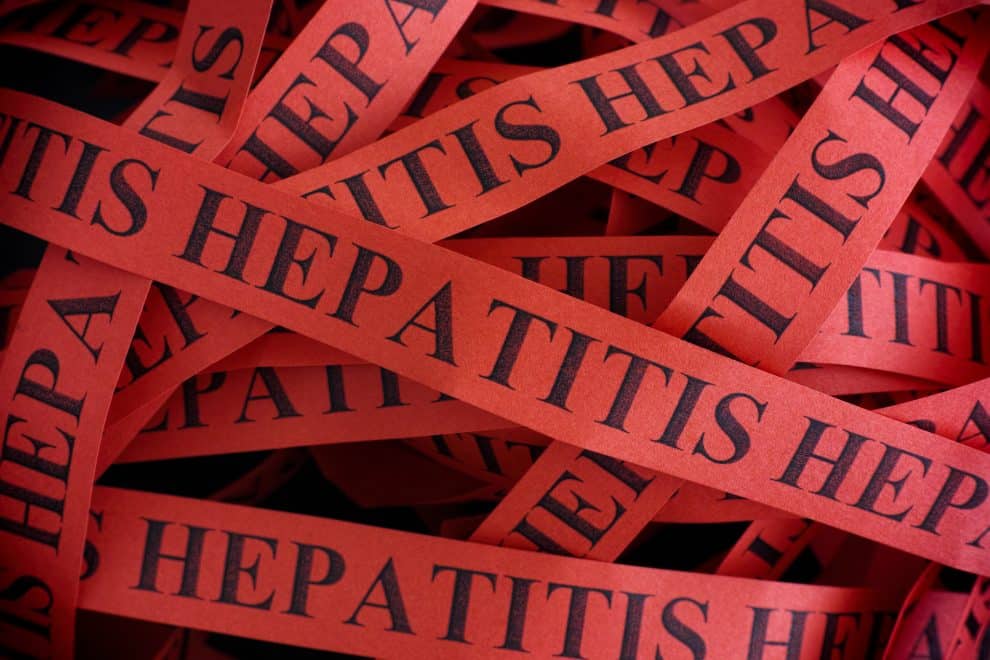Earlier this year, 69 dialysis patients in a hospital in eastern China were infected with hepatitis C. The incident created quite an uproar; investigations and suspensions followed suit. Sadly, it wasn’t the first time – and possibly, not the last – that hepatitis was caused by poor implementation of infection control rules. Especially in South-East Asia.
According to the World Health Organization (WHO), about 100 million people in South-East Asia are estimated to be living with hepatitis B and 30 million with hepatitis C. Annually, close to 6.5 million symptomatic cases with hepatitis E and 0.4 million cases with hepatitis A are registered in the region.
This brings us to the disconcerting question: While the global incidence of hepatitis in coming down, thanks to enhanced government initiatives and cost-effective drugs, why is South-East Asia struggling to combat the fatal disease?
Hepatitis 101
To answer the question, we must first understand the silent killer termed hepatitis. Caused by five known hepatitis viruses – A, B, C, D and E, the disease is largely preventable. Of these, hepatitis B and C viruses pose the biggest public health challenge, as these chronic infections do not show symptoms for years or even decades. In 2015, of the 257 million people living with hepatitis B, only nine per cent knew their diagnosis; most were in advanced stages of liver disease.
As per WHO data, hepatitis B and C affect 325 million people globally and are the root causes of liver cancer, leading to 1.34 million deaths every year. Hepatitis B is up to 100 times more infectious than the HIV/AIDS virus. The two conditions are known to co-exist in about one per cent of persons living with hepatitis.
While hepatitis B has no cure, there is a vaccine to prevent it. Hepatitis C, on the other hand, has no vaccine, but the infection can be cured over a period of three to six months.
South-East Asian challenge
South-East Asia accounts for about 10 per cent of the people living with hepatitis, of which less than one per cent are undergoing treatment, according to WHO’s 2017 Global Hepatitis Report. Nearly 70 per cent of hepatitis deaths across the world occur in Asia. The socio-economic burden is huge, particularly in India, Indonesia, Myanmar, Bangladesh and Thailand.
Although the cost of the drugs have come down by 50-75 per cent in most regions, a recent survey found that most people in South-East Asia were still wary. The thought-provoking survey (compiled by Coalition+, a group of community activists supporting people diagnosed with hepatitis) found that people in India and Thailand were most worried about treatment costs, while patients in Indonesia, Malaysia and Morocco were concerned about time away from work.
Prevention is the key, say experts. However, in India, as per the National Family Health Survey-4 (NFHS-4), only 62 per cent of the children had received all recommended vaccines. And the government doesn’t yet have a policy on adult vaccination.
The need of the hour is to adopt comprehensive national hepatitis programmes, whereby the government pays for testing and treatment of the infection. Australia, Taiwan and Japan are encouraging examples of making healthcare more accessible and free of stigma to strengthen the battle against hepatitis.
Earlier this year, India rolled out its National Viral Hepatitis Control Program (NVHCP) aimed at eliminating viral hepatitis. The biggest roadblock, however, is the lack of knowledge about the disease, even among healthcare professionals – who are anyway in short supply. While the standard doctor-patient ratio as provided by WHO is 1:1000, in India the ratio is around 1:11082.
Let’s celebrate World Hepatitis Day to spread awareness!


















Add Comment